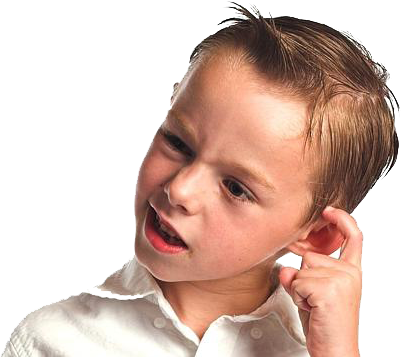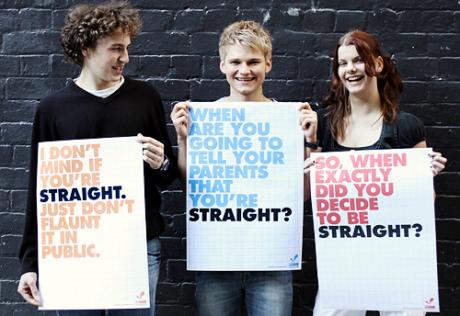Is it possible for some people to only experience attractions towards the opposite sex?
Yes. Anything’s possible. But in this case, it would be highly unlikely and if so fall well within the boundaries of rare or abnormal. The fact is that most of us fall somewhere within the range of what we currently refer to as bisexual even if we never took advantage of opportunities to experience sex with same-sex or wait for it… opposite-sex partners.
While it is unquestionably true that most of us tend to develop primary attractions towards a particular gender and also true that many would find the thought of sex with someone outside of that attraction downright disgusting, the fact is a lot of what underlines who we find ourselves sexually attracted to occurs well outside the boundaries of conscious awareness. This is why none of us has any real control over who we find sexually attractive. It’s something that happens more or less on auto-pilot deep within our minds based upon numerous factors including genetic predisposition, the type of experiences we have with others, and societal influences on ideas of who we are supposed to be attracted to. Anyone who believes we chose who we find sexually attractive is either not too bright or has never taken the time to look closely at their own attractions and just how they arrived at those attractions.
From our own perspective, the gender we are attracted to seems natural even if it falls within fringe areas of what the society we were born into might consider “normal”. The idea that heterosexual or opposite sex attractions are normal and everything else is abnormal does not hold up under rational scrutiny. Two of the most famous studies of the demographics of human sexual orientation were Dr. Alfred Kinsey‘s Sexual Behavior in the Human Male (1948) and Sexual Behavior in the Human Female (1953). These studies used a seven-point spectrum to define sexual behavior, from 0 for completely heterosexual to 6 for completely homosexual. Kinsey reported that 37% of men in the U.S. had achieved orgasm through contact with another male after adolescence and 13% of women had achieved orgasm through contact with another woman. When you factor in the effect of social pressures against homosexuality, the percentages of same-sex or both-sex attractions would obviously be much higher.
There is no question about the power social influences have upon how we respond to our sexuality. Researchers from Cornell University asked volunteers to watch a series of porn videos to test what turned them on and what didn’t. Experts measured how much their pupils dilated — a sign of sexual arousal. Women’s eyes dilated watching both men with women and women with women. And men’s pupils dilated watching both men and women masturbate, regardless of how they identified sexually.
Lesbian, gay, bisexual, transgender, intersex and related identities have been present in various forms throughout history. All cultures have included, with varying degrees of acceptance, individuals who practice same-sex relations as well as those whose gender, gender identity and gender expression challenge prevailing norms, and many cultures still do.























